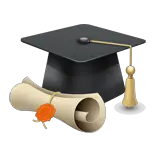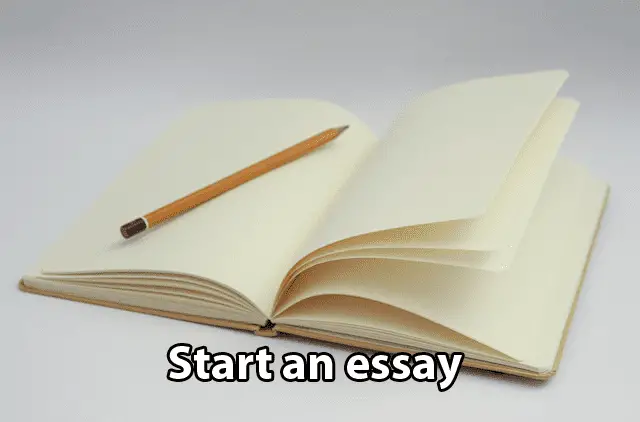
In today’s evolving educational landscape, cross-curricular literacy has become a cornerstone of effective teaching, especially for middle school educators. This approach integrates literacy skills across subjects, enabling students to connect ideas, think critically, and understand the relevance of what they learn. Middle school is a pivotal period in students’ academic and personal development, making it essential for teachers to provide a well-rounded, cohesive learning experience.
This article explores why cross-curricular literacy is vital for middle school teachers and offers practical strategies to integrate it effectively into classrooms. By fostering these skills, educators not only prepare students for academic success but also help them develop the critical thinking and communication abilities necessary for real-world problem-solving.
1. Building Strong Foundations Through Literacy
Cross-curricular literacy equips students with the foundational skills they need to navigate all subjects. Literacy is more than just reading and writing; it encompasses understanding, analyzing, and synthesizing information. In middle school, where students face increasingly complex texts and concepts, strong literacy skills become crucial for academic growth.
When teachers incorporate literacy into science, math, and social studies, they help students grasp challenging concepts more effectively. For instance, using word problems in math encourages critical thinking and enhances problem-solving abilities. Similarly, analyzing primary sources in history fosters a deeper understanding of events and perspectives. By embedding literacy into every subject, teachers ensure students develop versatile skills that benefit them in various contexts.
2. Encouraging Real-World Connections
Effective cross-curricular literacy bridges the gap between classroom learning and real-world applications. Students often question the relevance of what they learn, but connecting literacy skills across disciplines can demonstrate their practical value.
Middle school teachers pursuing professional development, such as an online master’s degree in teaching middle school, often learn advanced strategies for integrating literacy into their instruction. These programs emphasize innovative methods to connect lessons across subjects, making learning more engaging and meaningful. For example, pairing a science lesson on climate change with persuasive writing assignments enables students to see how their ideas can influence public discourse. This approach not only reinforces literacy skills but also encourages students to become active participants in their communities.
3. Fostering Critical Thinking Across Disciplines
Cross-curricular literacy promotes critical thinking by encouraging students to analyze and evaluate information from multiple perspectives. Middle school students are at an age where they begin to question and form their own opinions, making this an ideal time to nurture their analytical abilities.
When teachers integrate literacy across subjects, they help students connect ideas and draw conclusions that go beyond surface-level understanding. For instance, analyzing scientific data alongside informational texts on related topics can deepen comprehension and improve decision-making skills. Similarly, incorporating debates or discussions into social studies lessons encourages students to think critically about historical events and their implications. By embedding critical thinking into their teaching, educators prepare students for the complexities of higher education and life.
4. Supporting Diverse Learning Styles
Every student learns differently, and cross-curricular literacy provides a versatile framework that caters to diverse needs. Middle school classrooms often include students with varying abilities, cultural backgrounds, and interests, making it essential for teachers to adopt inclusive approaches.
By integrating literacy into multiple subjects, educators can create opportunities for all students to succeed. Visual learners might benefit from analyzing graphs and charts in science, while auditory learners could thrive in classroom discussions or storytelling activities. Kinesthetic learners might engage more effectively with hands-on projects that combine writing, research, and creative expression. Cross-curricular literacy ensures every student can access and understand content in ways that resonate with them, fostering a more inclusive and supportive learning environment.
5. Enhancing Communication Skills for Future Success
Strong communication skills are essential for success in today’s interconnected world. Cross-curricular literacy helps students develop these abilities by exposing them to various forms of expression and encouraging them to articulate their ideas effectively.
Middle school teachers play a critical role in nurturing these skills by integrating reading, writing, speaking, and listening into their lessons. For instance, a group project on environmental science might involve researching a topic, writing a report, and presenting findings to the class. These activities not only reinforce content knowledge but also help students build confidence in their communication skills. By prioritizing literacy across subjects, teachers empower students to express themselves clearly and persuasively, setting them up for long-term success in academics and beyond.
Cross-curricular literacy is essential for middle school teachers aiming to provide students with a holistic and engaging education. By integrating literacy across subjects, teachers prepare students for academic success, foster critical thinking, and equip them with the skills needed to address real-world challenges. This approach not only supports diverse learning styles but also promotes collaboration among teachers and helps address educational inequities. For educators seeking to enhance their teaching practices, advanced training can provide valuable insights and strategies. Ultimately, cross-curricular literacy empowers students to become confident, capable learners who can thrive in any setting. Middle school teachers have the unique opportunity to shape the future by ensuring their students develop the skills and mindset necessary for lifelong success.

















